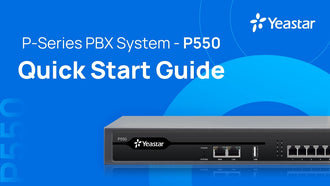

The types of video conferencing systems explained
- 01 Feb, 2020
There are many terms and types when it comes to video conferencing systems. Although the concept is one, there are different ways companies can communicate with videos and each one has its own way of working, advantages and disadvantages.
In this article we discuss briefly the types of video conferencing systems, whether they are main types or subsidiary ones.
1.Desktop video conferencing

This type is one of the most simplest forms of video conferencing and it can be done easily for individuals and not just businesses.
This simple way of video communication requires very simple and general systems as it just needs a communication software, microphone and webcam which are easy to get for desktops and already available in nearly all laptops.
2.Telepresence
One of the most advanced ways to communicate through videos, as these systems which can be seen in large companies, have various screens where participants appear so that they make eye contact with each other.
These screens can be wall mounted or can be placed around a table, and it is one of the most reality like experiences in the world of video conferencing.
3.Room Based

One of the most common system types and it depends on systems that are permanently installed into rooms that are only used for these video conferences.
The room usually has screens, projectors and microphones installed all around to give the best possible meeting experience for the participants. This type of video conferencing systems is very efficient and has grown to have other subsidiary types.
4.Codec

One of the most commonly used alternatives of room based video conferencing systems and it offers a display, camera and microphone just like room based systems but it is more suitable for other uses like when someone needs to use a whiteboard mainly.
It also has a great advantage of giving participants the freedom to move around the room freely unlike other video conferencing systems.
5.Service based









